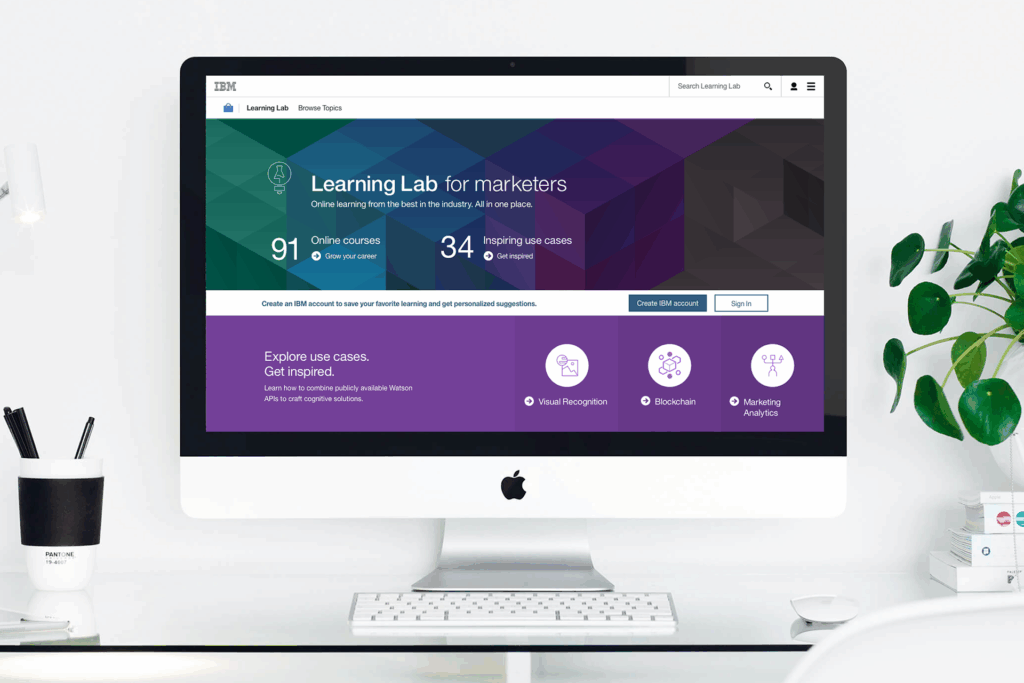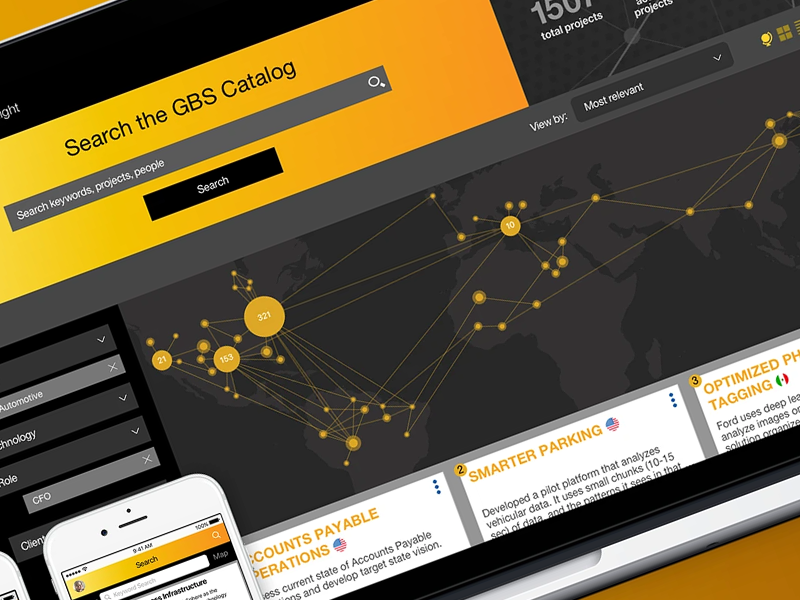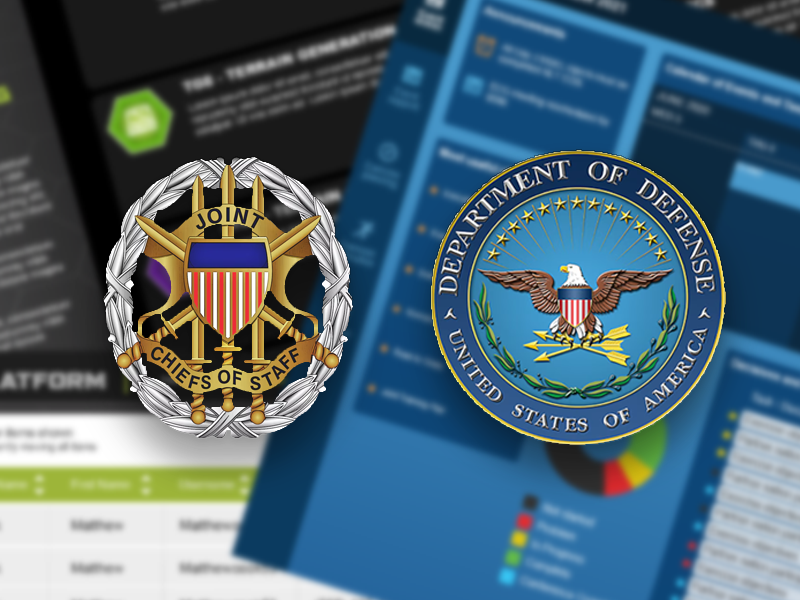My Role: Senior Visual Designer, Co-UX Designer
Project Areas: User Research, Interaction, Visual design, Prototyping & Testing
Project Date: 2016
Overview
IBM continues to push the boundaries with technologies like blockchain, AI, and quantum computing. Yet, for many professionals—inside and outside the company—the value and real-world use of these tools remained unclear.
The Opportunity
How can we break down technical barriers and help people from diverse roles truly grasp and apply emerging tech?
Our Approach
We created IBM LearningLab: an interactive platform that translates complex innovations into practical learning. With tailored content, industry examples, and hands-on exercises, it helped developers, marketers, and finance teams alike build confidence and apply new skills with purpose.
My Role
As the Senior Visual Designer and Co-UX designer on the team, I collaborated closely with two other designers to shape both the visual and user experience direction of the product. I led efforts on visual design—establishing layout systems, UI patterns, and design consistency—while also contributing to UX strategy, wireframes, and collaborative decision-making throughout the design process. My role balanced craft and systems thinking, ensuring the product was not only functional but visually clear and engaging.
User-Centered Research
At the heart of The Learning Lab was a deep focus on the users—not as traditional customers, but as learners. Understanding their motivations, knowledge gaps, and learning preferences was essential to addressing our core challenge:
How might we demystify complex technologies and make them more accessible to professionals across different industries?
Through in-depth user interviews and persona development, we uncovered the diverse needs of our target learners—from curious newcomers to busy professionals seeking quick, actionable insights. These insights shaped every aspect of the experience, ensuring the platform met users where they were in their learning journey.
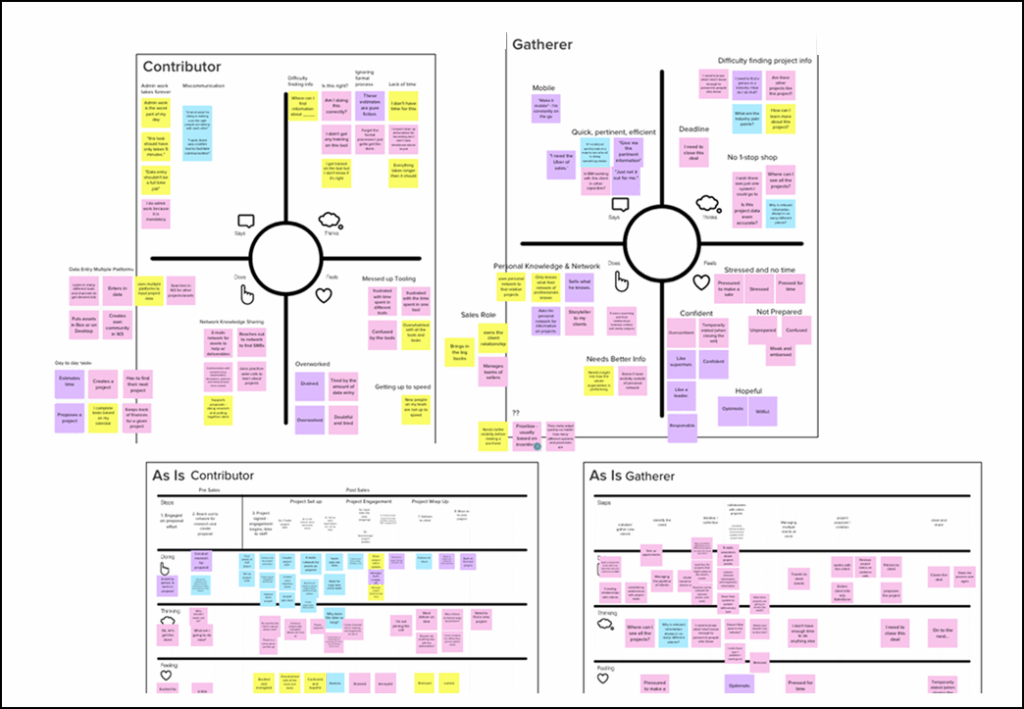
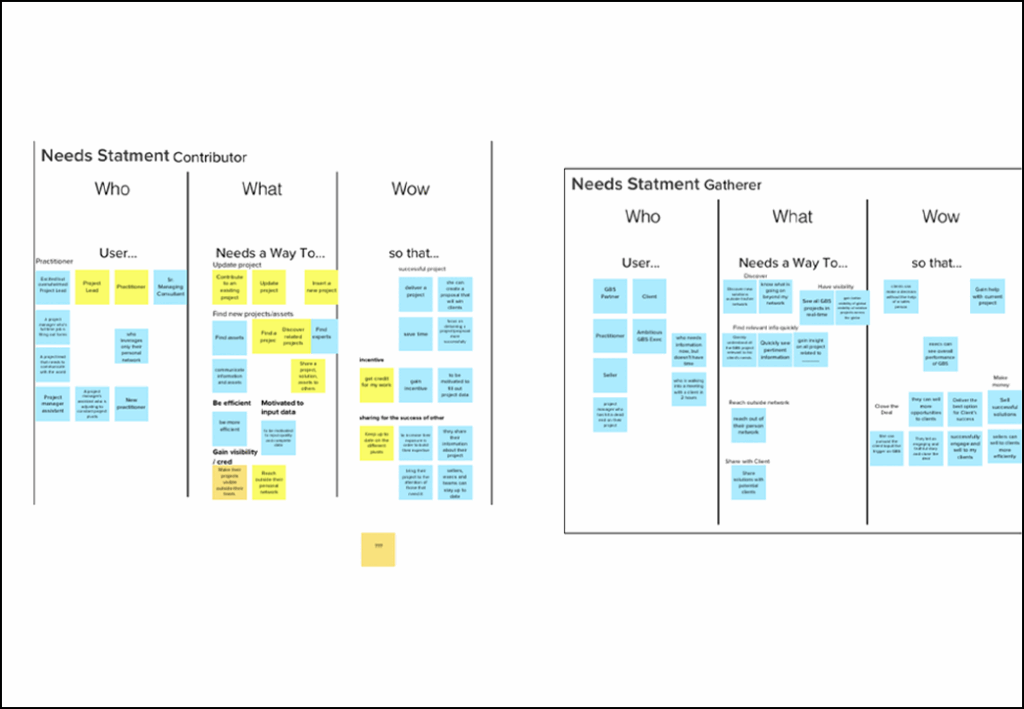
User Ecosystem
We developed a set of user personas to ensure the Learning Lab experience aligned with real-world goals and behaviors. These included the Gatherer, who seeks curated, high-level information; the Contributor, motivated to share knowledge and insights; the Developer, who needs deep technical content; as well as Marketers and Fintech professionals, each with distinct learning objectives and time constraints. These personas became essential tools throughout our workflow—helping us prioritize features, structure content, and validate design decisions. By referring to them consistently, we ensured the product addressed actual user needs rather than assumptions.
Wireframing for Alignment
Wireframing played a critical role in saving time and streamlining decision-making. By focusing on structure and functionality before diving into high-fidelity visuals, we were able to quickly explore ideas, gather stakeholder feedback, and validate direction with users early on. This helped surface potential issues before investing in detailed design work, reduced rounds of revisions, and ensured everyone—from stakeholders to end users—was aligned on the experience before any pixel-pushing began.

Usability Testing
We conducted usability testing throughout the design and development phases to validate assumptions and improve the user journey.
What We Tested:
• Clarity of navigation and course discovery
• Effectiveness of onboarding for first-time users
• Engagement with use case scenarios and course content
• Perceived value and motivation to complete a learning path
Methods Used:
• Remote usability testing with Figma prototypes
• In-person user walkthroughs at IBM offices
• A/B testing of course layout formats
• Follow-up surveys to gauge user satisfaction and knowledge retention
Key Takeaways
• Terminology Matters: Many users found technical jargon intimidating. We simplified labels and added glossary tooltips for common emerging tech terms.
• Progress Tracking Increases Completion: Test participants who could track progress and see visual milestones were more likely to complete modules. We added clear indicators for course progression and completion.
• Search and Filtering Are Critical: Users wanted to quickly find content relevant to their roles. We optimized search functionality and added filters by industry, technology, and skill level.
• Use Cases Improve Retention: Learners retained information better when paired with industry-specific use cases. We prioritized the inclusion of relatable, real-world examples in each learning module.
Improvements Made
• Streamlined Navigation: Simplified and restructured the navigation based on card sorting and tree testing results.
• Clear System Feedback: Introduced confirmation messages, loading indicators, and subtle animations for state changes.
• Reduced Interface Clutter: Applied progressive disclosure principles to show only what’s necessary at each stage of the workflow.
Outcome
IBM LearningLab launched as a scalable MVP and received positive feedback from both internal IBM teams and external pilot participants. Usability testing directly informed design improvements that helped increase user confidence, course engagement, and perceived value of the platform.
Hi fi and Comps
